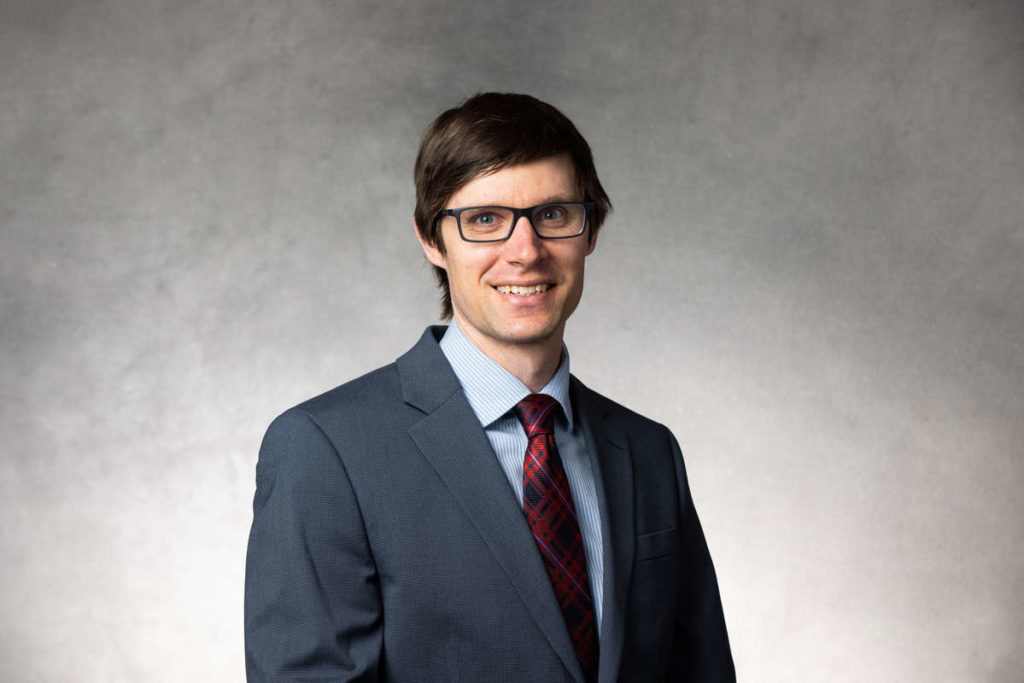It's an event that has been 125 years in the making. A celebration marking the quasquicentennial (125th year) of the founding of what is now the University of St. Thomas will be held from 4 to 6 p.m. Thursday, Sept. 24, on the upper quadrangle of the St. Paul campus.
All are invited and refreshments will be served. A program that begins at 4:30 p.m. will include the first public display of two commemorative works commissioned by the university's 125th Anniversary Committee.
One is an oil painting of St. Thomas' Summit Avenue Arches by Joshua Cunningham, a St. Paul artist commissioned for project. He chose to paint the Arches from the Summit Avenue side with early-autumn, afternoon lighting. Cunningham will display his final painting as well as four smaller preliminary "studies" he created on wood panels.
The second work to be displayed is the first-of-its-kind miniature, ceramic likeness of the Arches. Members of the university's 125th Anniversary Committee worked with Your College Memories, a Minnesota firm that also created a model replica of the Sacred Heart Chapel at the College of St. Benedict.
The highly detailed Arches are slightly more than 4 inches high and about 7 inches long. Made and hand-painted in Minnesota, each is inscribed with "125th Anniversary of the University of St. Thomas, 2009-2010."
Also on hand at the Thursday afternoon event will be Richard Conklin, a 1958 St. Thomas graduate and author of 125 Years: Interesting and Influential People. Researched and written for the quasquicentennial, the book features photographs and essays about individuals who in different ways have had a unique influence on the university.
Invitations for the Sept. 24 event have been sent to those featured in the book who are living, and to survivors of those who have passed away.
Conklin, who worked at St. Thomas early in his career, retired in 2001 as associate vice president for university relations at the University of Notre Dame. He will be available Thursday afternoon to autograph copies of the book; they will be sold at the event and later at the Bookstore for $10.
More information about the quasquicentennial can be found in this recent Bulletin Today article and the 125th anniversary Web site. Information about items that can be purchased is available at the memorabilia Web site.
What was known as the St. Thomas Aquinas Seminary opened in the fall of 1885. Nine years later, the theological division moved to a new campus immediately to the southwest and became the St. Paul Seminary. The liberal arts division remained on the original campus and became the College of St. Thomas.
Thursday afternoon's quasquicentennial celebration on the upper quadrangle will be held an easy stone's throw from the location of William Finn's farmhouse, the first structure on what became the university's St. Paul campus.
Finn, an Irish immigrant and soldier at Fort Snelling, accidentally shot his hand while completing guard duty at the frontier fort in the 1840s. In part because of his injury, Finn was allowed to select a quarter section of land when he was eventually discharged from the service.
Finn explored the unsettled countryside and selected a choice tract a few miles upriver. Called Shadow Falls for a small waterfall that still tumbles down the city’s river bluff, it became the site of a thriving farm. As Finn neared retirement, he wanted his land to serve a charitable purpose and transferred the property to the church. When St. Thomas opened in 1885, it enrolled 62 students and had six faculty members.






